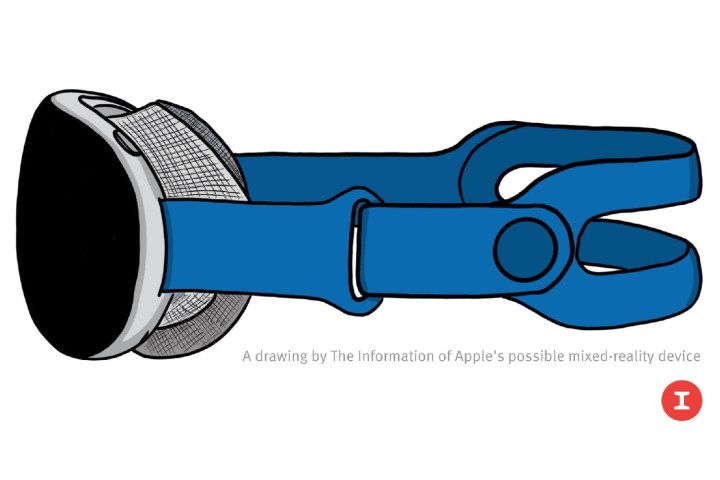Just yesterday we learned that the metaverse is supposedly “off-limits” for Apple’s planned mixed reality headset. Now, a fresh report has claimed the device will use the same 96W power adapter as the latest MacBook Pro and will come loaded with a dual-chip setup, suggesting the headset will have some serious firepower under the hood.
The device is expected to blend augmented reality (AR) and virtual reality (VR), the result being a mixed reality (MR) headset that offers the flexibility to switch between AR and VR as you see fit. Previous rumors have suggested it will be bristling with around a dozen cameras, use high-resolution displays, and could also incorporate advanced gesture-recognition tech.

Today’s 96W power adapter claim comes from Apple analyst Ming-Chi Kuo, who has a good track record when it comes to Apple leaks and rumors. In a note to investors, Kuo states that “Our survey indicates that Apple AR/MR headset will use a 96W charger supplied by Jabil with the same specifications as the MacBook Pro to provide faster and more efficient charging for the Apple AR/MR headset.”
Using such a powerful adapter can only mean one thing, says Kuo: That the headset could perform incredibly well. After all, the 96W adapter is one of the most powerful Apple offers. The analyst went on to state that the adapter “proves that Apple AR/MR requires the same level of computing power as the MacBook Pro and is significantly higher than the iPhone.” That also backs up a claim in early 2021 from reporter Mark Gurman that some of the chips destined for the headset “beat the performance of Apple’s M1 Mac processors.”
Kuo’s latest report also touches on these chips. It states there will be two chips inside the device (something Kuo previously claimed in November 2021), one built on a 4-nanometer process and one on a 5-nanometer process. As Kuo notes, that’s “higher than our previous estimation and market consensus of one [chip].” But with that kind of juice, it’s unsurprising Apple’s headset might need such a beefy charger. And it suggests that Apple’s mixed reality device could be “about 2-3 years ahead of competitors’ products,” believes Kuo.
As well as that, this increased power expectation lends weight to the idea the headset will be on the more expensive side. Kuo had previously suggested it could cost around $1,000, but a more recent estimation of “several thousand dollars” from analysts at Display Supply Chain Consultants seems more likely given the dual chips the product could house.
Apple’s mixed reality headset might launch as early as this year, although Kuo expects it to come in limited quantities. After that, Kuo estimates Apple could sell 3 million units in 2023, 8-10 million in 2024, and 15-20 million in 2025 as the price comes down.



